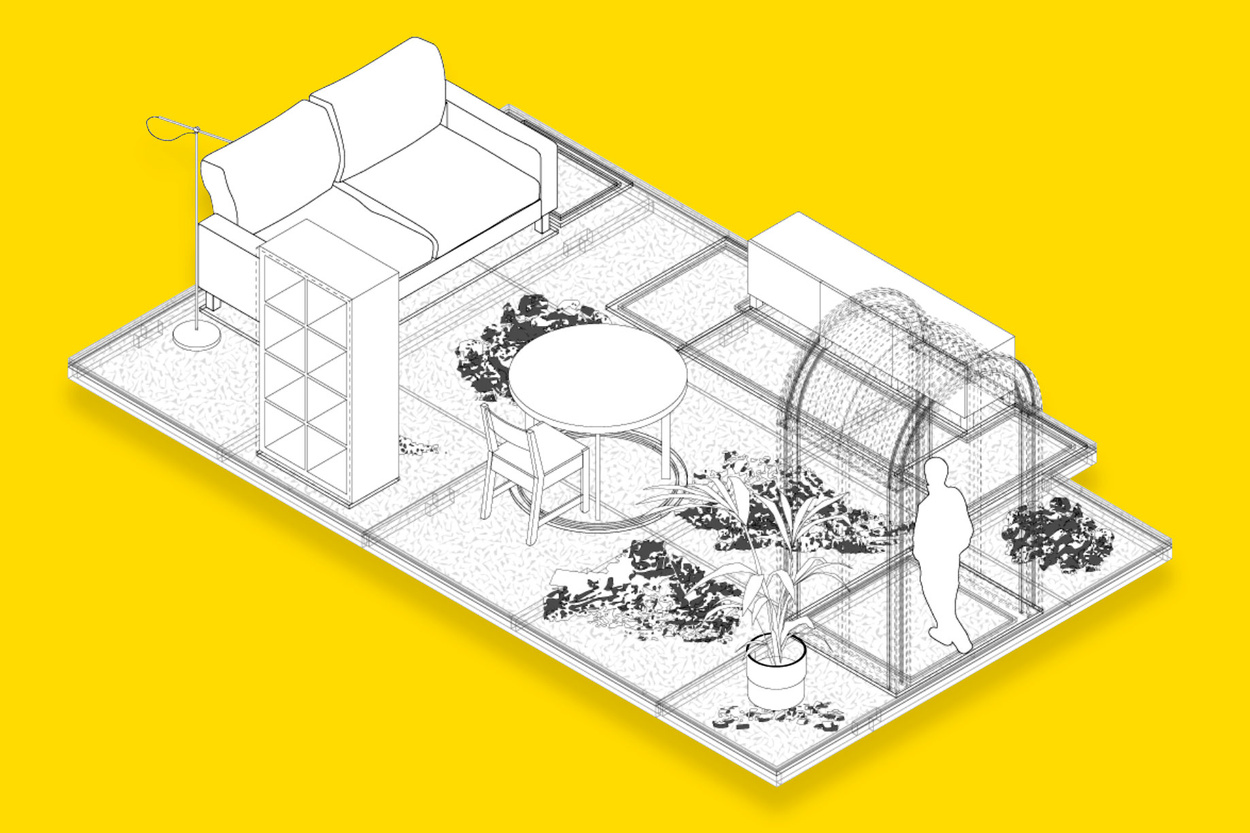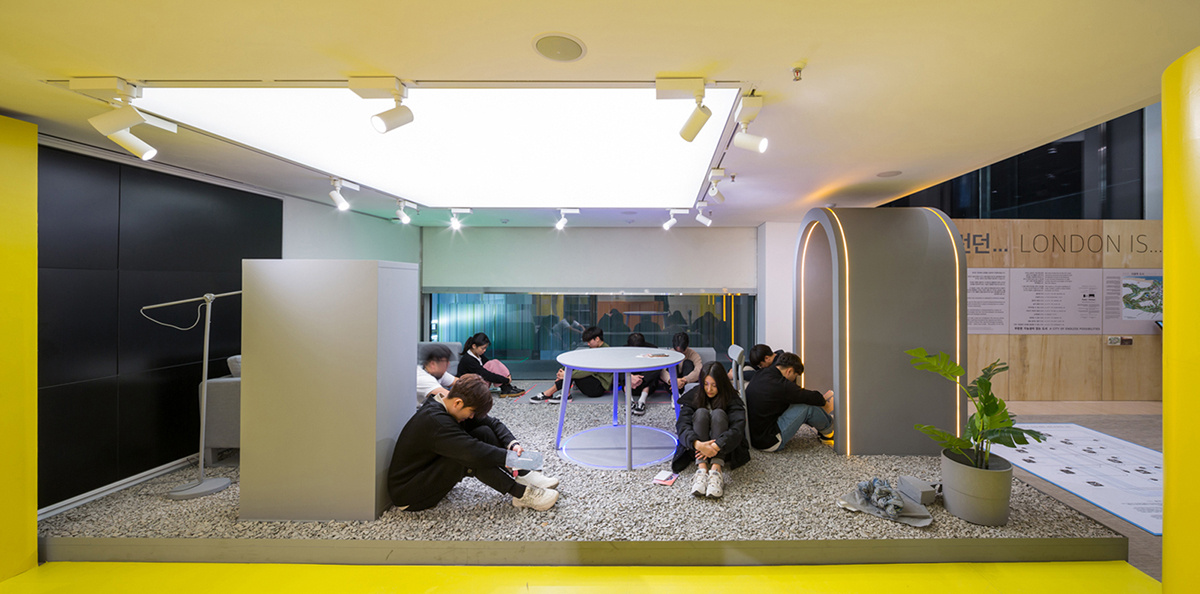THE BIG EQUALIZER
Oficina de Resilencia Urbana
2019 Seoul Biennale of Architecture and Urbanism
Standard furniture + transducers + audio files from the past mayor earthquakes in Mexico City
2019 Seoul Biennale of Architecture and Urbanism
Standard furniture + transducers + audio files from the past mayor earthquakes in Mexico City
Standard living quarters - a couch, a plant, a credenza, a table, a chair. You enter a space that could be in almost any large city. But lean in closer - through sound, the room will compel you to place yourself in it the way that you might if you were experiencing an earthquake. We want to investigate the intrinsic ambiguity of the definition and representation of safety and offer an alternate embodiment of space, through which we can reflect on safety as both a mental and a physical construct.
Fearful of the aftershocks, people felt safer on the street during the aftermath of the past earthquakes in Mexico than they did in their own homes. Neighbors gathered and created makeshift community camps and slept on the sidewalk, exposed to what they usually would be taking refuge from. That in a city like Mexico City, the risk of being trapped indoors at home was less desirable than the one that sleeping exposed to strangers posed is telling.
Earthquakes are peculiar in that they provoke a profound shift in our perception of safety - the ground, which we associate with stability and solidity, and home, which we associate with refuge and shelter, become the very threat.
The unpredictability of earthquakes places us in a category in which the fight or flight response doesn’t really work - an earthquake is not something to be defeated nor something we can run from. Trepidation, panic, horror, and dread find expression through laughter, running, hugging, and crying. Our bodies have a hard time coping - what to do and where to go, to stand or to duck - the anxiety and fear are such that we disassociate from the here and now, and the space we are at is no longer the space we were at. The spatial relation between ourselves and that which surrounds us becomes a primary concern - stripped from function, style, or aesthetic value; the furnishing around us becomes formal shapes that can either offer protection or be the very cause of danger.
Fearful of the aftershocks, people felt safer on the street during the aftermath of the past earthquakes in Mexico than they did in their own homes. Neighbors gathered and created makeshift community camps and slept on the sidewalk, exposed to what they usually would be taking refuge from. That in a city like Mexico City, the risk of being trapped indoors at home was less desirable than the one that sleeping exposed to strangers posed is telling.
Earthquakes are peculiar in that they provoke a profound shift in our perception of safety - the ground, which we associate with stability and solidity, and home, which we associate with refuge and shelter, become the very threat.
The unpredictability of earthquakes places us in a category in which the fight or flight response doesn’t really work - an earthquake is not something to be defeated nor something we can run from. Trepidation, panic, horror, and dread find expression through laughter, running, hugging, and crying. Our bodies have a hard time coping - what to do and where to go, to stand or to duck - the anxiety and fear are such that we disassociate from the here and now, and the space we are at is no longer the space we were at. The spatial relation between ourselves and that which surrounds us becomes a primary concern - stripped from function, style, or aesthetic value; the furnishing around us becomes formal shapes that can either offer protection or be the very cause of danger.



